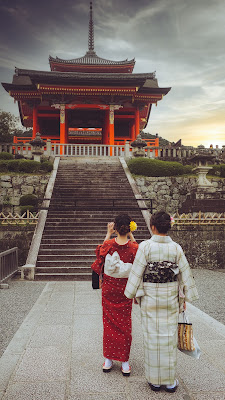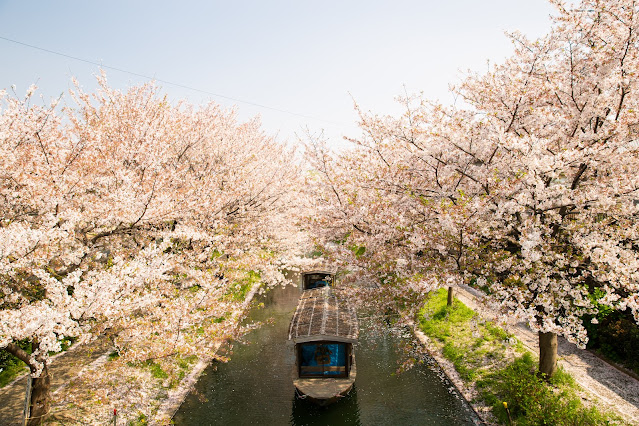Over 1,000 proposals were submitted by private businesses, local governments, and other parties to the JTA, who called for tours and events that draw on natural features, cultural properties, traditional performance arts, and other resources unique to Japan. The 139 proposals were selected based on their novelty and will receive subsidies ranging from 11 million yen to 27.5 million yen ($83,000 to $207,000). These programs will be available to tourists from next February at the latest.
Many of the programs will include festivals, such as the
opportunity to join a procession of "yamahoko" floats during the Gion
Festival in Kyoto. The Sapporo Tourist Association will offer a tour that
includes building ice sculptures on the Hitsujigaoka Observation Hill during
the annual Sapporo Snow Festival.
Other programs will feature gastronomy, such as a plan that
allows participants to enjoy original dishes from first-rate chefs in private
rooms and attend a Buddhist service at Ninnaji temple in Kyoto. Similarly, a
tour in Asuka, Nara Prefecture, will allow participants to visit the Kitora
Tumulus at night and then be treated to a dinner evocative of the court cuisine
of the Asuka Period.
Kinki Nippon Tourist Co. will offer a plan that includes booking all of Hikone Castle in Hikone, Shiga Prefecture, at night so that participants will feel like lords of the fortress. A winter tour provides a helicopter ride to Mount Zaozan, which straddles Miyagi and Yamagata prefectures, for a view of "juhyo" ice monsters, or frost-covered trees, and of the Okama crater lake.
The government has set a target of increasing annual spending by
foreign tourists in Japan to 5 trillion yen and is focused on attracting
well-off travelers who spend at least 1 million yen during a single visit to
Japan. The JTA has also released a list of 11 model sightseeing areas, from
"east Hokkaido" in the northeast to "Okinawa and Amami" in
the southwest, to push the development of tourism resources for wealthy people.
The agency hopes that brand development efforts in those areas will attract
foreign visitors to Japan's countryside, which the JTA sees as a key challenge.
The Japan Tourism Agency's move to subsidize unique travel
experiences for affluent overseas travelers is a bold and innovative approach
to increasing tourism revenue. With 139 travel packages to choose from,
including festivals, gastronomy, and historic tours, these offerings are sure
to attract visitors seeking unforgettable experiences. What do you think about
this strategy? Do you believe it will be effective in achieving the
government's target of increasing spending by foreign tourists to 5 trillion
yen? Leave your thoughts in the comments below!



Comments
Post a Comment